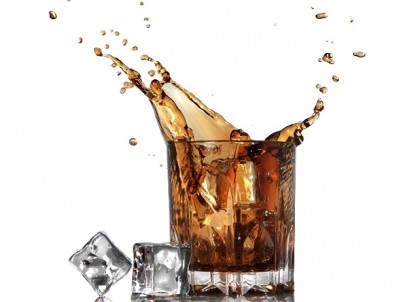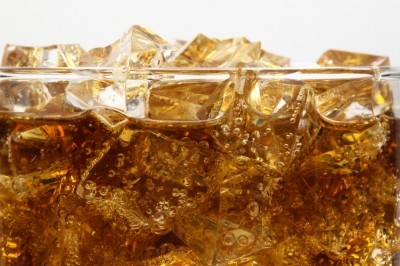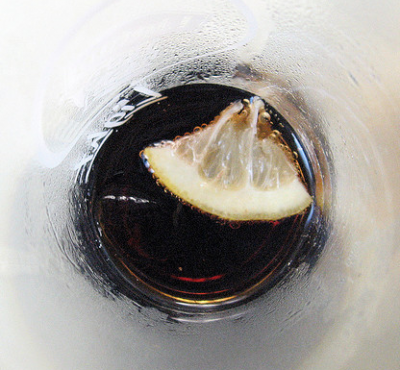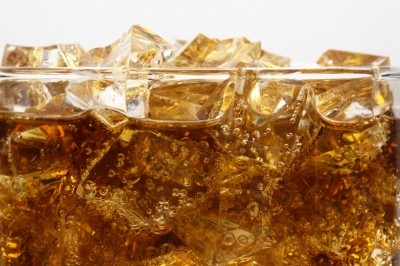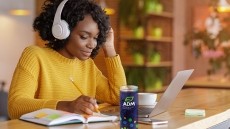Caramel color suppliers rise to the low-4-MEI challenge – but question California decision
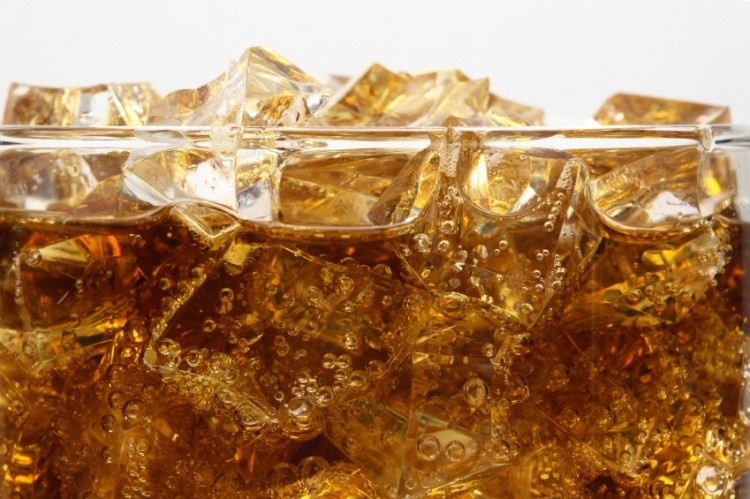
4-methylimidazole, also known as 4-MEI or 4-MI, forms in some caramel color production processes and is found in colas, coffee and some beers, as well as baked goods, breads and molasses. Its safety in caramel coloring used for colas in particular has stirred up controversy after California included the compound on its list of potential human carcinogens with a benchmark of 29mcg (micrograms) – much lower than levels found in common colas on the market.
While the beverage industry and caramel color suppliers – among others – have defended its safety, they have sought to find alternatives too.
“My hope is that people truly get the idea that caramel color is and always has been a safe ingredient,” said Ted Nixon, chairman and CEO at supplier DD Williamson.
DD Williamson is one company that says it supplies both PepsiCo and The Coca-Cola Company, as well as other beverage companies making cola for the US market, including California. It makes about 150 different caramel colors and says it has a range of low-4-MEI versions developed specifically to answer demand from companies looking to avoid warning labels in California.
Protecting globally recognized brands
Nixon told FoodNavigator-USA that it can vary the production process for caramel color in several ways to reduce levels of 4-MEI, but it has taken a lot of work to produce a coloring that is indistinguishable from the caramel colors that have been used in well-known soft drink brands for decades.
“We are obviously able to alter the temperature or the pressure, or the food grade ingredients, but there are always tradeoffs,” he said. Changing processes can result in a caramel color that is thicker, for example, or a slightly different color – or it could even have a different flavor.
“When you are working with brands that have the global recognition that our customers have, then they want to know that consumers are going to see no change at all in the product,” he said. “…We did our studies over a three or four year period and worked with major customers and they did some consumer taste testing.”
Higher cost
Nixon said that its low-4-MEI caramel colors came onto the market last year, but it also has zero-4-MEI caramel colors available. However, the use of different ingredients, processing changes, research costs, and additional testing mean that the low-4-MEI and zero-MEI colors are more expensive.
While a low-4-MEI version could cost 20% to 30% more, choosing a zero-4-MEI coloring could mean up to a fourfold price increase, he said.
‘Poor science’
Meanwhile, Sethness Products Company, which also makes caramel colors, would not answer specific questions about potential changes to processes, “as there have already been lawsuits filed, and many more on the way.”
However, it said in a statement on its website: “Sethness Products Company does not agree with the decision by the Office of Environmental Health Hazard Assessment (OEHHA) to list 4-MEI on the list of potential carcinogens found in Proposition 65. For generations caramel colors have been safely manufactured and used throughout the world. We feel California’s decision is based upon poor science.”
The company added that it too has “spent a great deal of time and effort” developing low-4-MEI alternatives.
